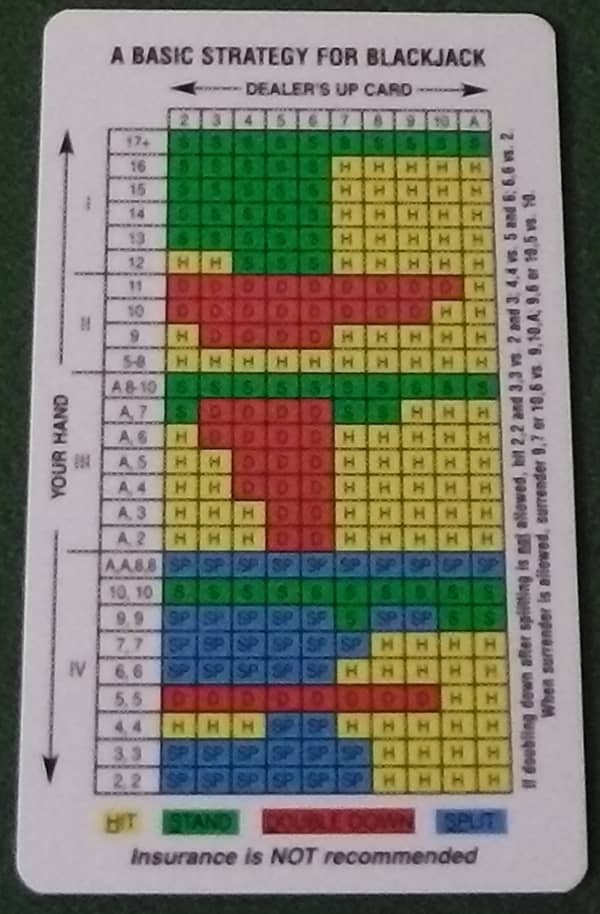Card Counting 101
In 1966 Edward Thorpe exposed to the world that blackjack was in fact, beatable. Blackjack has since become a game of cat-and-mouse.
This revelation was not only good for the players but also for the casinos as they experienced a rise in profit as more people came in to test their skills. Many books have been written about this subject; however we’ve condensed the information down for you into a Cliff Notes version.
House Advantage & Basic Strategy
The first thing to know is the House Advantage or House Edge. The house advantage is the amount of money the casino is expected to make off the player’s hand. It’s expressed as a percentage and it’s different for every table. Depending on how many decks are used and the rules involved, the house edge for blackjack is roughly around 0.5%. It is possible to bring that number all the way down to Even or 0% if Edward Thorpe’s basic strategy is used. This strategy tells players what actions to take during specific situations. We’ve provided several blackjack strategy charts for single deck, double deck and multi-deck shoes as well as for games where surrender is available.
Counting Systems
Hi-Lo Count
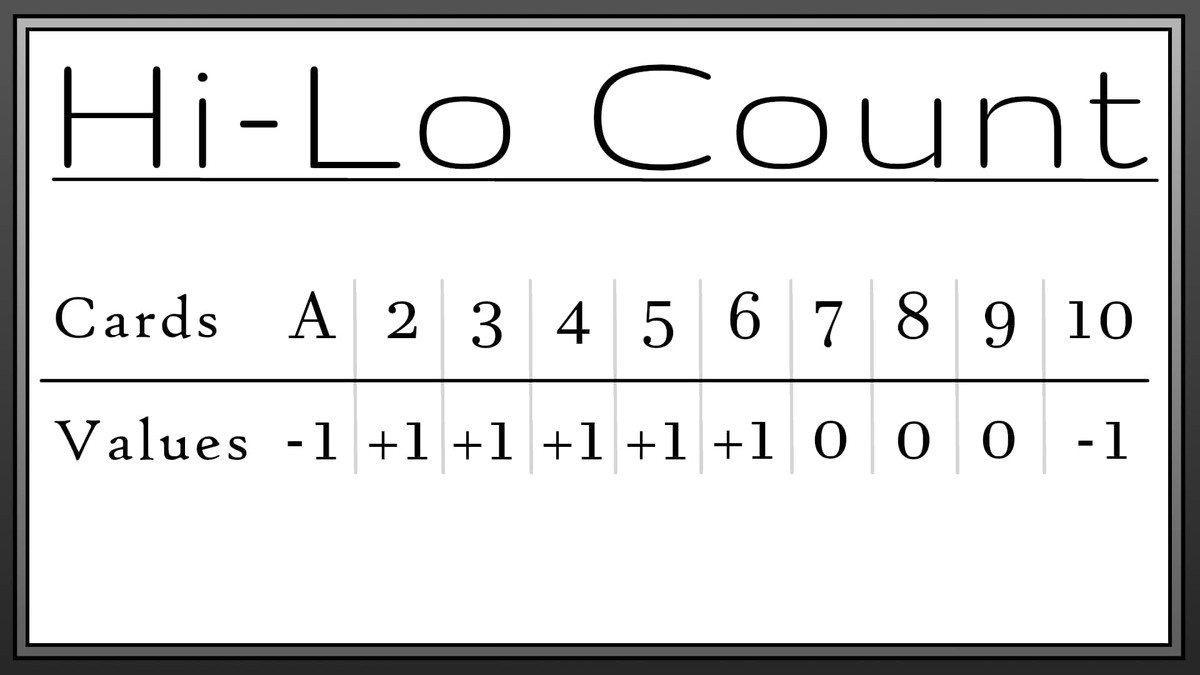
Once Thorpe’s basic strategy is memorized it’s time to take the next step, learn a count system. There are several systems to choose from and which one you adopt depends on what you’re trying to accomplish. First and foremost, pick a strategy that is painless for you to learn and you feel comfortable with. Avoid advance, confusing or complicated strategies since this will slow things down. It is not worth it. On average the projected monetary gain of a sophisticated counting system will not be seen in a lifetime of use. Simple is better. A count system provides three critical pieces of information. When to bet more, when to deviate from basic strategy and when to take insurance. By using Thorpe’s Ten Count strategy the player is able to deduce when to take insurance and when to refuse based on the number of tens left in the deck.
Hi Opt I Count
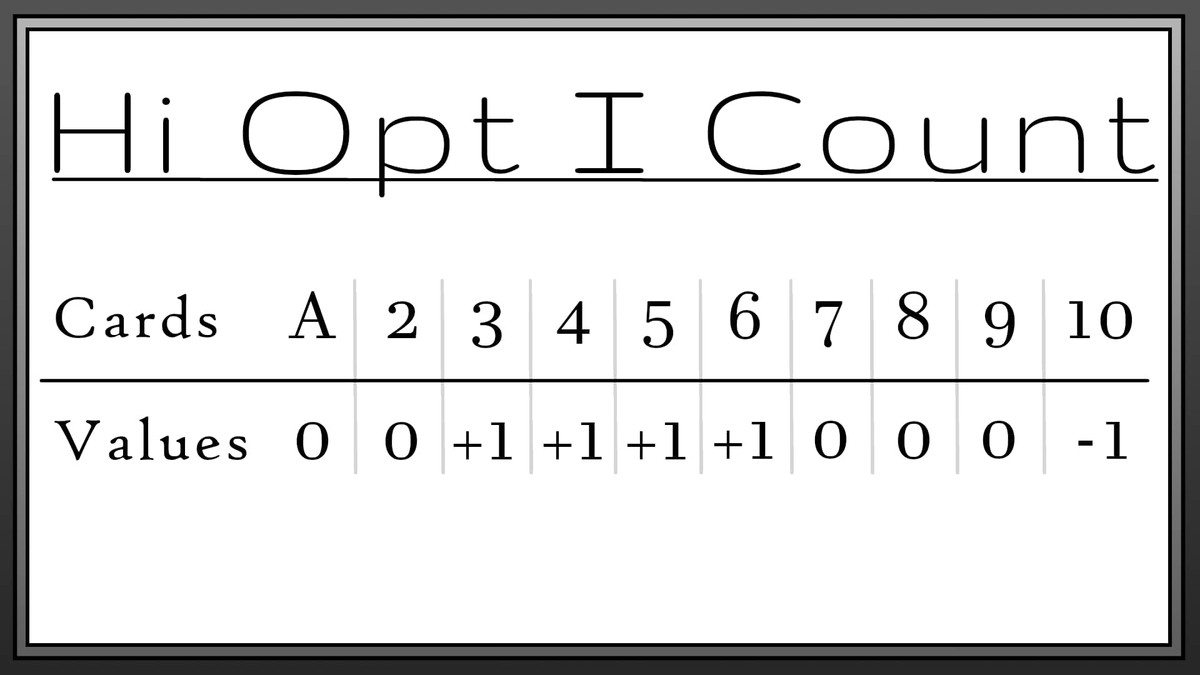
The Hi-Lo count is an easy strategy to learn and recommended for most situations. The Hi Opt I count was created by Lance Humble and is recommended for single deck games. All of these counts have similar fundamentals with slight adjustments. The player will start at zero and each card is assigned a value. When that card is seen, the value of the card will be added or subtracted from the running tally. If the count is high, the remaining deck will have a lot of 10’s in it. If the count is low, the remaining deck will have more numbers in it.
Homework
Many hours of at home practice are required when learning how to count cards. This is true for both the players who are counting the cards as well as the floor supervisors and dealers who are learning game security and table protection. It is difficult to protect a game without understanding what you are protecting it from,
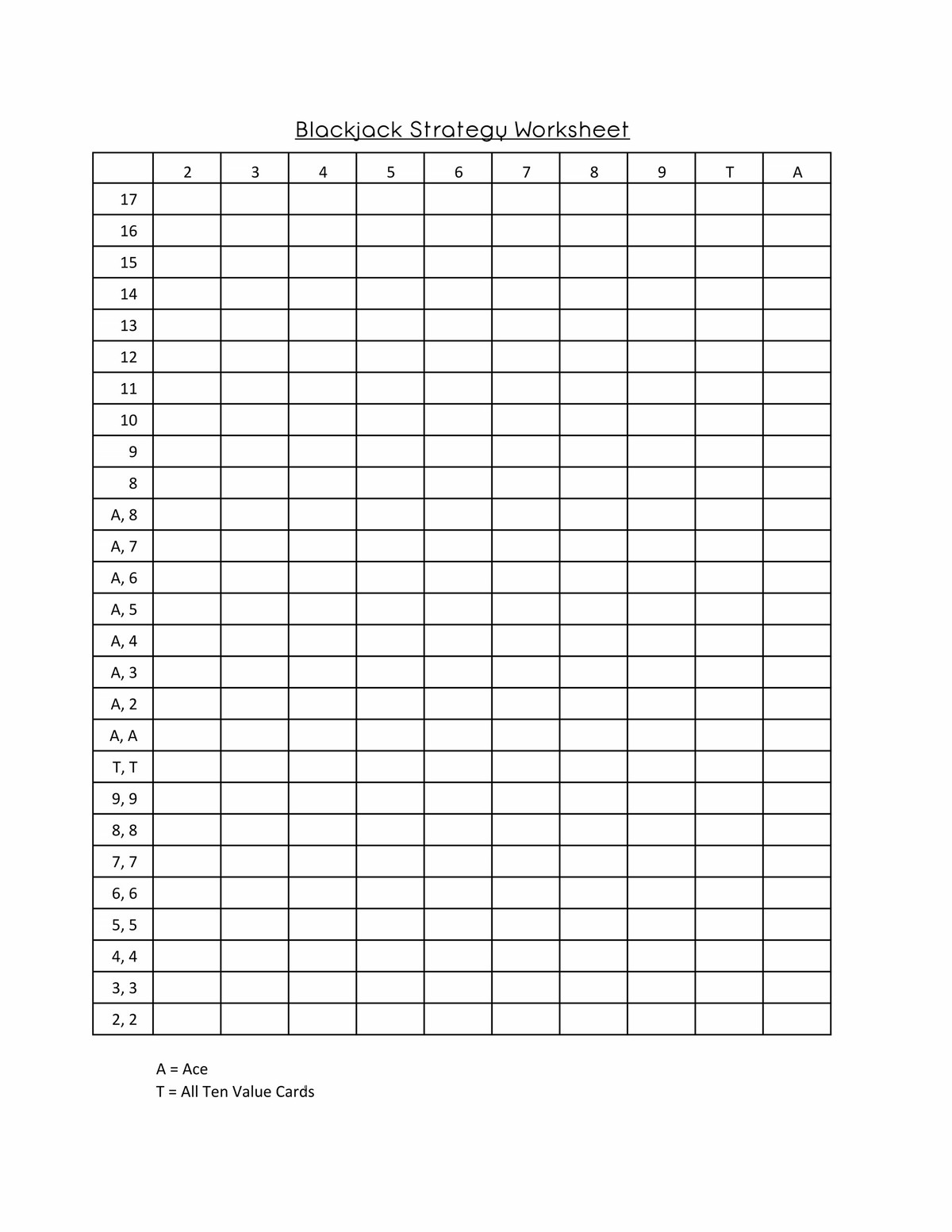
after all this cat-and-mouse game needs knowledgeable players on both sides. Again, the first step is to learn basic strategy. Creating home-made flash cards, using online flashcards, writing out the same charts over and over again are all classic techniques that will help memorize basic strategy. Depending on your learning style, simulating a hand of blackjack with a deck of cards may be more helpful then writing the answers down on paper. You know how you learn so do what is most comfortable for you. Either way the blackjack strategy should be practiced until it can be recalled instantaneously. The second step is to be able to identify card value right away. Using the count system you choose, run through a single deck of cards and correctly identify the value given to each card. For example, if you’re using the Hi-Lo system and you see a Jack then the answer would be Negative One (-1). This is a good warm up exercise to use before counting cards. The third step is to go through a single deck once again only this time, keep a Running Count of the cards. Start with zero, total the card values and by the end of the deck you know you’ve succeeded if you hit Even or zero all over again. If you can do this 9 out of 10 decks then you’re ready to move on. The fourth step is the same as the third but instead of counting one card at a time, now count two. A good card counter will count down a single deck in 20 seconds with one error or less. The last step is to have a friend deal you a mock blackjack game as you use your newly acquired skills.
True Count, Deviations & Bet Spreads
After the homework is complete and your new skills obtained, it’s time to take the information you’ve collected and put it to good use. When betting or deciding whether to take
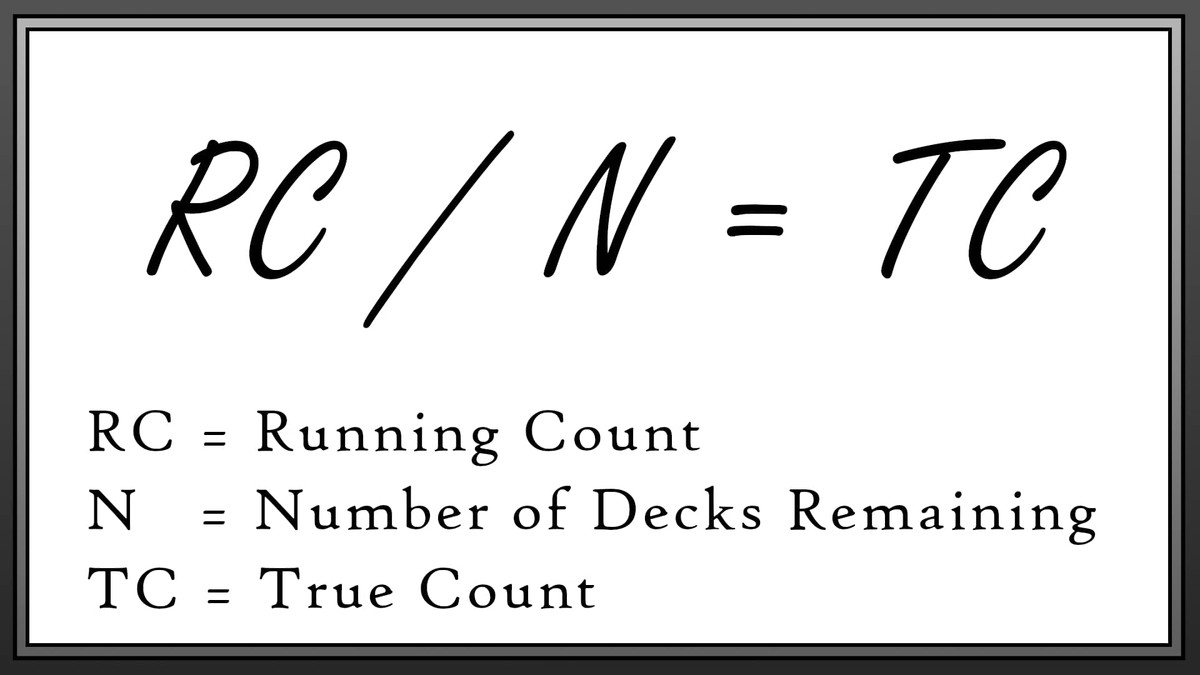
insurance professional card counters convert the running count into the True Count. The true count is the actual count or value of the deck when the player is making a decision. You’ll only need to convert your running count into a true count on multi-deck games since single deck games will always give you the true count. In order to achieve an advantage over the house, counters must know when to deviate from basic strategy. These deviations, or indices, must be memorized and used based on the true count. You’ll need to research indices more, before entering a live casino. Bet spreads and bankroll
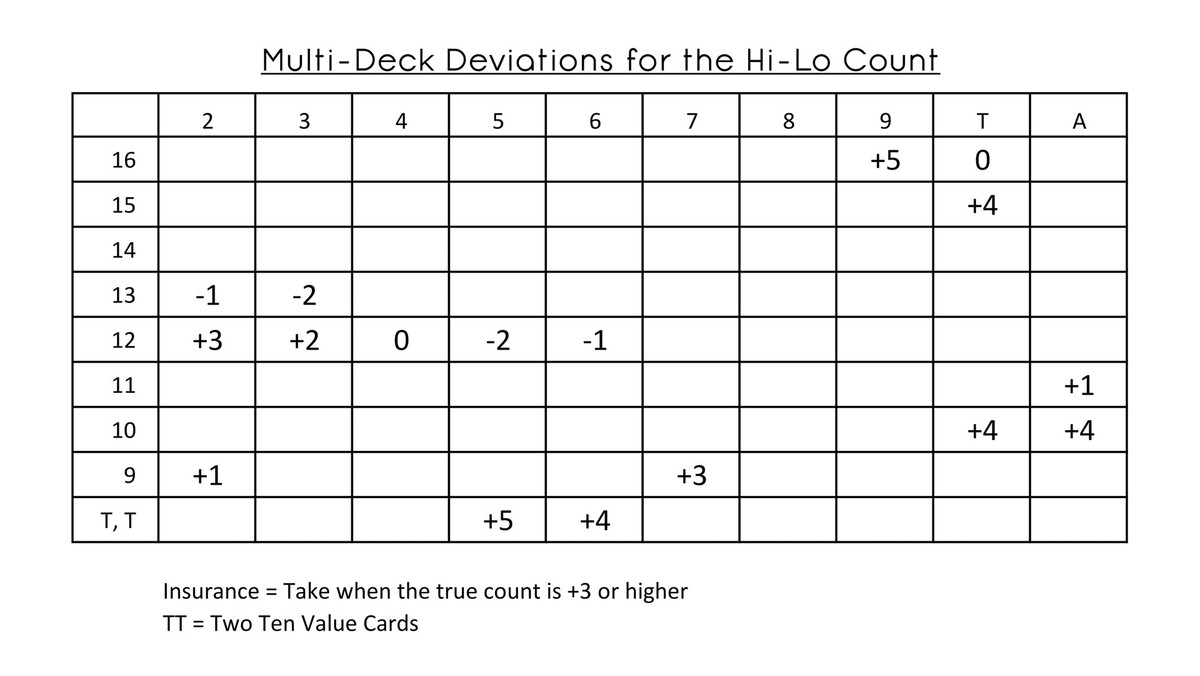
requirements are two more tools that are critical to a card counters success. Bet spreads is when the player raises or lowers their bet based on the count. A small spread would be 2 to 4 units while a large spread would be 8 to 16 units. Bet spreads are mainly used on multi-deck games and are not typically used on single deck games. A large bankroll is also needed in order to weather any losing streaks. If the player spreads between $100 and $300 then a bankroll of $20,000 will be needed. If they spread between $5 and $10 then a $2,000 bankroll will be needed. As you can see, with the amount of time, effort and cash investment needed this can quickly become a serious hobby. Card counting can increase the excitement of blackjack as players have fun testing their skills against the house. But it is also smart for casino employees to learn these skills in order to stay competitive in their industry.
Related Article Archives
Related Articles
How Do Dealers Identify Card Counters?
Posted May 24th, 2016
MIT Card Counting Panel feat. Dr. Mike Ahlgren
Posted Jul 29th, 2013
Interview with a Professional Card Counter & AP
Posted Feb 11th, 2021
Blackjack Strategy Guide: Top Tips for Cutting the House Edge
Posted Jul 8th, 2022
Knock Out Counting in Blackjack: The Easy Way to Improve Your Game
Posted Dec 11th, 2024


